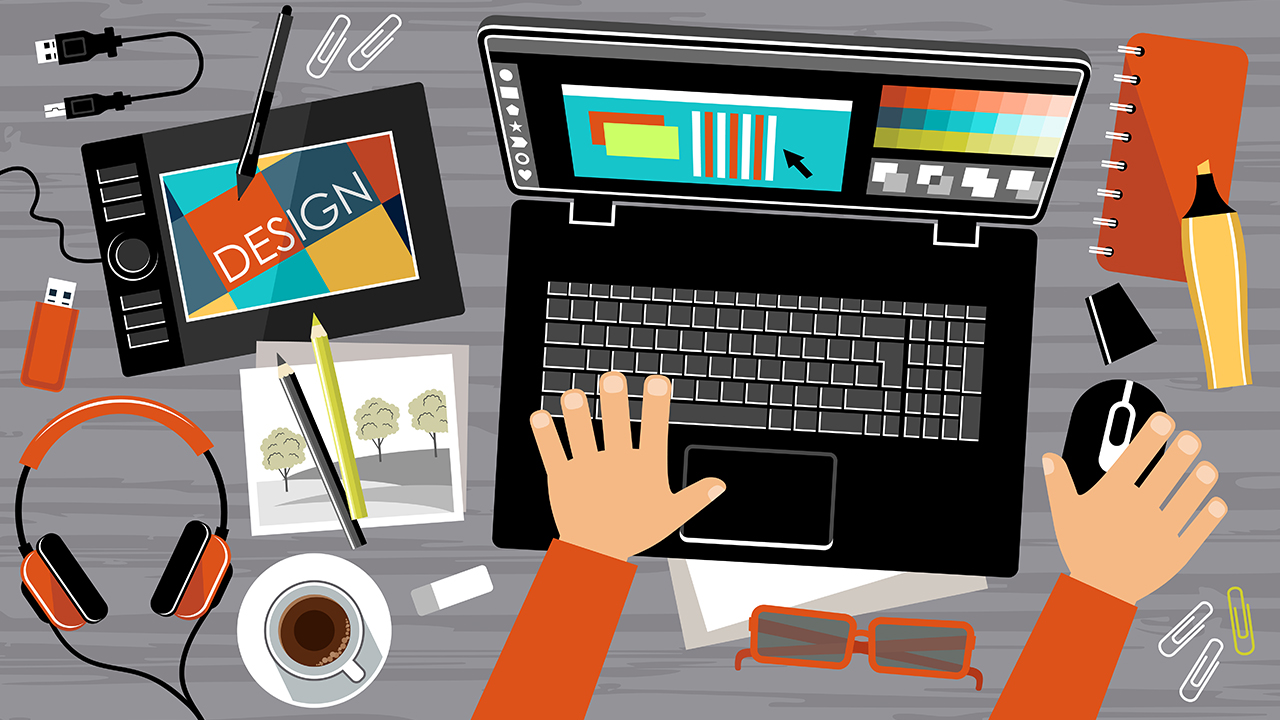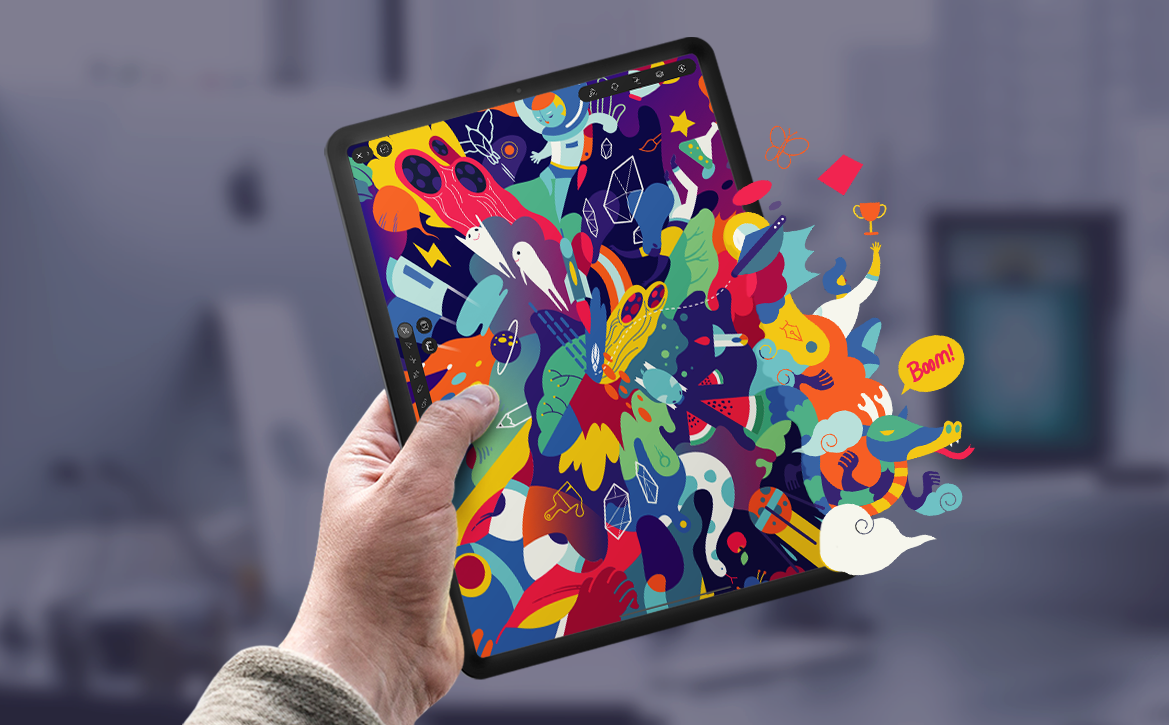Digital design is a field that involves the creation of visual and interactive designs using digital tools and technologies. If you are seeking a job in digital design, you can expect to face a variety of interview questions that will test your knowledge, skills, and experience in the field. In this article, we will provide a comprehensive guide to digital design interview questions, including common questions, tips for answering them, and examples of how to respond.

Common Digital Design Interview Questions
Here are some common digital design interview questions that you may encounter during your job search:
- Can you describe your design process?
- What software programs are you proficient in?
- Can you provide examples of your work?
- How do you stay up-to-date with the latest trends and technologies in digital design?
- Can you describe a project you worked on that required problem-solving skills?
- How do you handle feedback and criticism on your designs?
- Can you describe a time when you had to work under a tight deadline?
- How do you incorporate user experience (UX) design principles into your work?
- Can you describe a time when you had to work with a team on a digital design project?
- How do you approach design challenges and constraints?
Tips for Answering Digital Design Interview Questions
Here are some tips for answering digital design interview questions:
- Be specific: When answering digital design interview questions, it is important to be specific and provide examples to illustrate your points. Avoid general or vague responses, and instead provide concrete examples of your skills, experience, and achievements in the field.
- Showcase your portfolio: If you have a portfolio of your work, be sure to bring it with you to the interview and be prepared to discuss your designs in detail. Your portfolio is a great way to demonstrate your skills and abilities to potential employers, and it can help you stand out from other candidates.
- Emphasize your problem-solving skills: Digital design often involves solving complex problems and challenges, so be sure to highlight your problem-solving skills and approach in your responses.
- Demonstrate your teamwork skills: Many digital design projects require teamwork, so be prepared to discuss your experience working with a team and how you contribute to team projects.
- Focus on your achievements: In addition to discussing your skills and experience, be sure to highlight your achievements in the field. This can include awards, recognition, or notable projects you have worked on.

Examples of How to Respond to Digital Design Interview Questions
Here are some examples of how you might respond to common digital design interview questions:
Can you describe your design process?
“I typically follow a five-step design process when working on a project. First, I gather information about the project goals and requirements, and I research the target audience and any relevant industry trends. Next, I sketch out ideas and concepts, and I create a wireframe or prototype to test and refine my ideas. Then, I create final designs using software programs such as Photoshop and Illustrator, and I present the designs to the client for feedback. Finally, I make any necessary revisions and prepare the designs for final production or implementation.”
What software programs are you proficient in?
“I am proficient in a wide range of software programs, including Adobe Photoshop, Illustrator, InDesign, Dreamweaver, and Sketch. I have also had experience with user interface design tools such as Adobe XD and InVision, and I am familiar with animation and multimedia tools such as After Effects and Unity.”
Can you provide examples of your work?
“Sure, I would be happy to show you examples of my work. I have a portfolio of my designs that includes a variety of projects, such as a website redesign for a local business, a logo design for a start-up company, and a social media campaign for a non-profit organization. I can also provide examples of my designs that showcase my skills in graphic design, web design, and user interface design.”
How do you stay up-to-date with the latest trends and technologies in digital design?
“I stay up-to-date with the latest trends and technologies in digital design in a few different ways. First, I actively seek out industry news and updates through sources such as design blogs, newsletters, and social media. I also attend design conferences and workshops to learn about new tools and techniques, and I participate in online design communities and forums to exchange ideas and insights with other designers. Finally, I make a point to regularly try out new software programs and tools to expand my skills and knowledge in the field.”
Can you describe a project you worked on that required problem-solving skills?
“One project that required a lot of problem-solving skills was a website redesign for a small business. The client had a very specific vision for their website, but they also had a tight budget and time constraints. I had to come up with creative solutions to incorporate the client’s desired features and functionality into the design while also staying within the budget and timeline. I worked closely with the client to identify the most important elements of the design and to prioritize them, and I used my skills in user experience (UX) design to create a website that was both functional and visually appealing. In the end, the client was very happy with the end result and said that I was able to exceed their expectations.”
How do you handle feedback and criticism on your designs?
“I welcome feedback and criticism on my designs, as it helps me to improve and grow as a designer. When I receive feedback or criticism, I try to approach it objectively and consider it as an opportunity to learn and improve. I listen carefully to the feedback and ask questions if I need clarification. I also take the time to reflect on the feedback and consider how it aligns with my design goals and the needs of the client. If I disagree with the feedback, I am open to discussing it and finding a compromise that works for everyone.”
Can you describe a time when you had to work under a tight deadline?
“Yes, I have experience working under tight deadlines. One time, I was working on a branding project for a start-up company, and the client needed the designs to be completed within a week. I had to prioritize the most important elements of the design and work efficiently to meet the deadline. I communicated regularly with the client to keep them updated on my progress and to seek feedback and input. In the end, I was able to deliver the designs on time and the client was very happy with the end result.”
How do you incorporate user experience (UX) design principles into your work?
“User experience (UX) design is a critical aspect of digital design, as it involves creating designs that are functional, intuitive, and enjoyable for users. I incorporate UX design principles into my work in a few different ways. First, I research and analyze the target audience and their needs and preferences. This helps me to understand what motivates and engages users, and to design elements that are relevant and appealing to them. I also use user testing and feedback to gather insights and to refine and improve my designs. Finally, I prioritize usability and accessibility in my designs, and I create layouts and interactions that are easy and intuitive for users to navigate.”
Conclusion
In conclusion, digital design interview questions can cover a wide range of topics, including your design process, software proficiency, work examples, and problem-solving skills. By being specific, showcasing your portfolio, emphasizing your problem-solving skills, and demonstrating your teamwork and achievement, you can effectively demonstrate your skills and experience to potential employers. With preparation and practice, you can confidently answer digital design interview questions and showcase your abilities as a digital designer.

